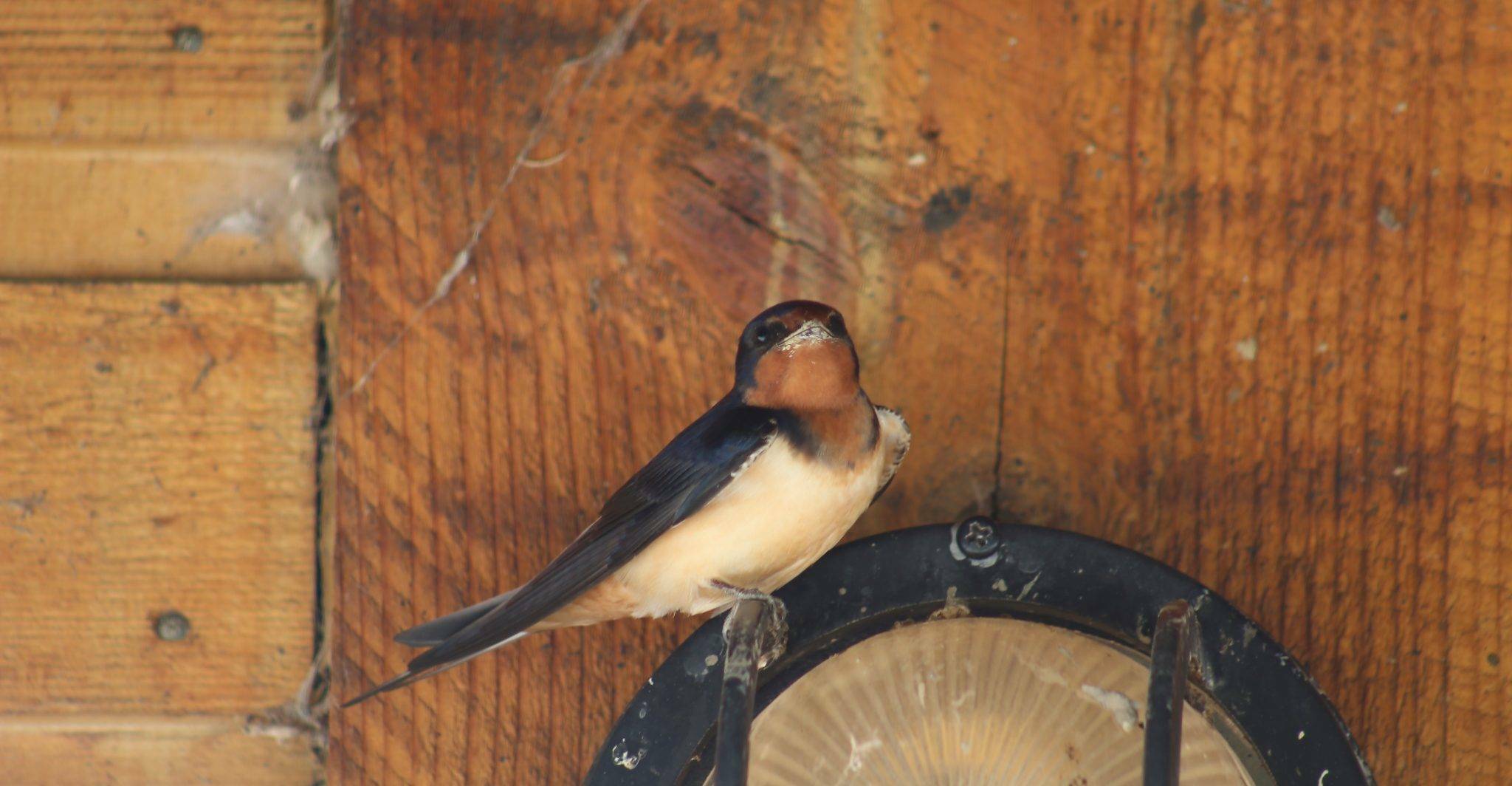Wildsight Golden has contracted independant local biologist Rachel Darvill to start a five-year study of barn and bank swallows in the Columbia Valley, a territory that spans from Canal Flats to the Kinbasket Reservoir.
Wildsight says that these two types of swallows are facing population declines across Canada, and that the Columbia wetlands and the surrounding areas are amongst the best places to target swallow recovery efforts.
The project includes plans to install at least eight artificial nesting structures for barn swallows, with the first two installed this past summer.
Greater connectivity and larger breeding areas enhance the area that colonists such as bank and barn swallows can use, allowing for increased bird abundance.
“Barn swallows like to reuse the same breeding places year after year; they may construct an entirely new nest or they may use old nests” said Darvill.
“They like to scope out (structures) a year ahead, so we’ve started to erect these artificial nesting structures in suitable locations in hopes they’ll nest in these new locations as soon as next spring.”
The eight ‘barns’ will be built with different footprints and roof types, and openings ranging from small to a completely open side. The structures will be monitored — largely by volunteers — for their effectiveness over the next four years to help understand some of the barn swallow’s preferred nesting parameters (i.e. roof type, size, amount of opensess).
“We’ll keep the structures relatively consistent, but modify different parameters that might help attract barn swallows,” explains Darvill.
The structures this year were modeled after a design that has been used and found to be effective in the Creston Valley Wildlife Management Area.
“These nest cups can give barn swallows a good head start as they mimic the size and shape of natural mud nests and allow for the swallow to establish a nest faster than constructing a new one out of mud,” Darvill says.
The partnership between Darvill and Wildsight is not new – the two have previously collaborated on a Swallow project that wrapped up with a final report in January of this past year, which concluded that the Columbia Wetlands were a vital habitat for bank and barn swallows.
The project provided information to communities regarding the Migratory Birds Convention Act, including obligations under this Act by assisting private landowners with empowering education regarding their duties to protect nests.
Research from this previous project has now transformed into the five-year Upper Columbia Swallow Habitat Enhancement Project.
To learn more, visit https://wildsight.ca/branches/golden/upper-columbia-swallow-habitat-enhancement-project/

